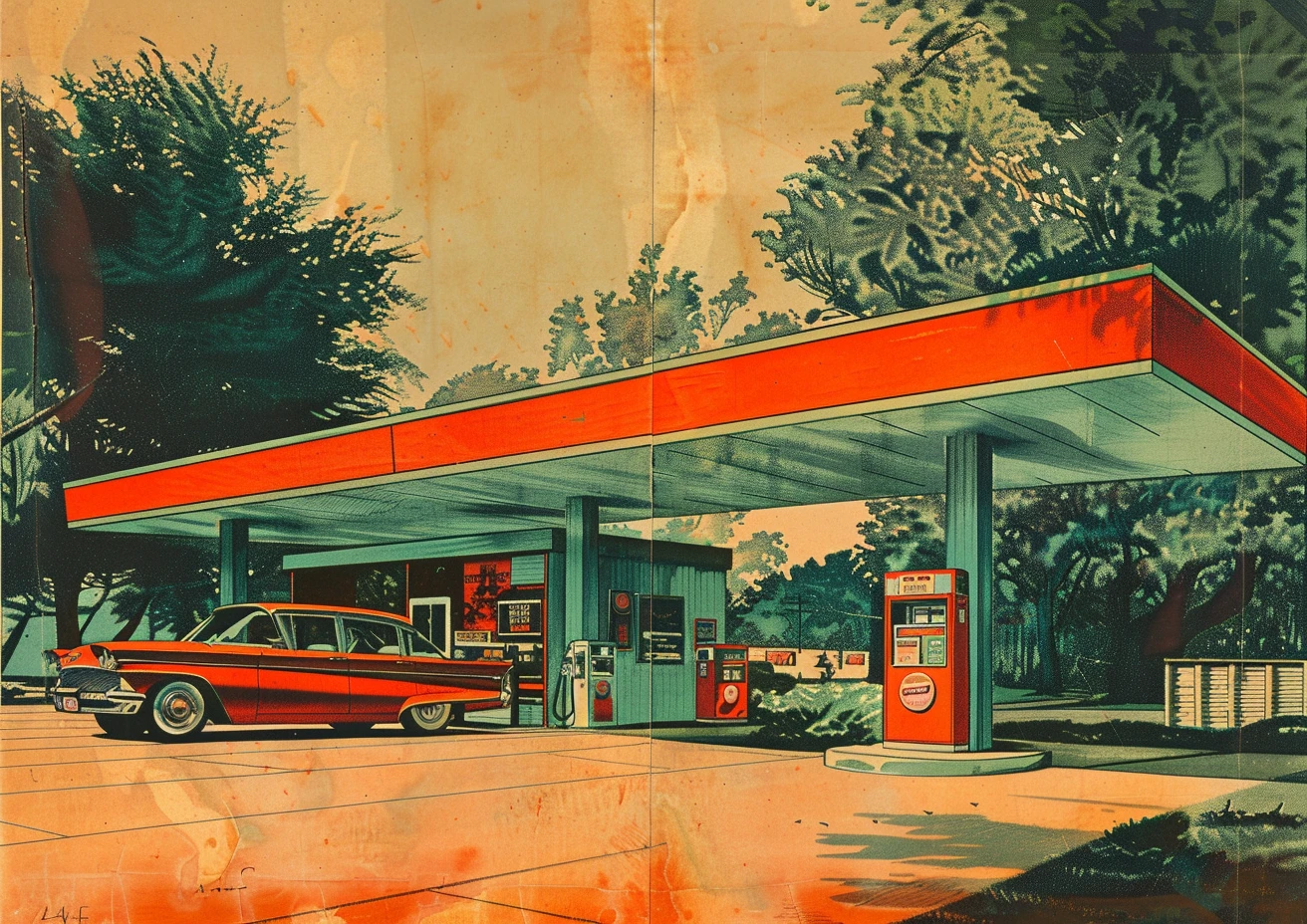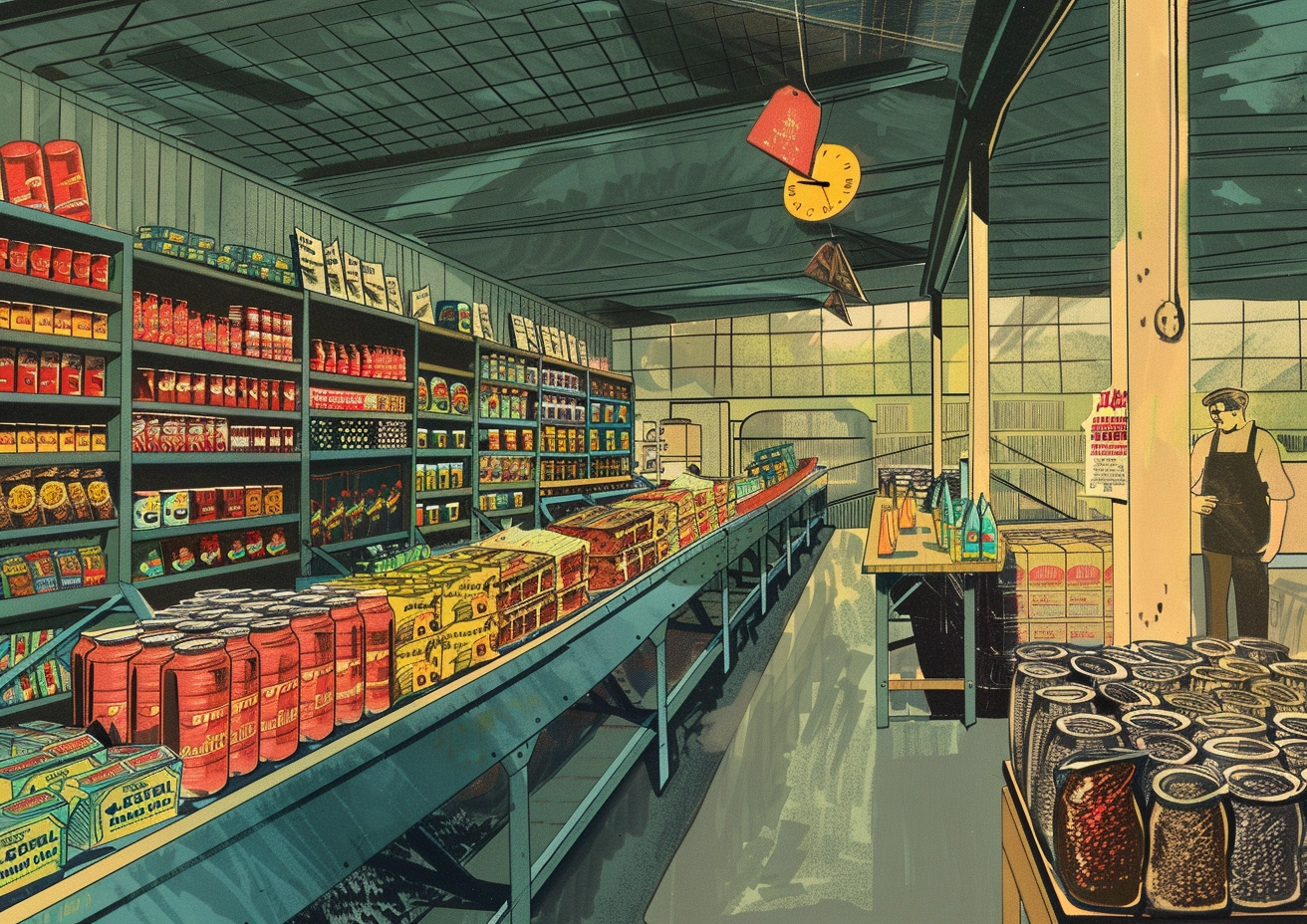Beneath the Surface: The World of Gas Station Fuel Storage Tanks

Diving beneath the surface—quite literally—let's chat about an unsung hero of the gas station: the underground storage tank (UST). These subterranean vessels have a story to tell, one that's soaked in innovation, adaptation, and a dash of environmental consciousness.
Back in the day, USTs were like old-timey strongmen—robust but not exactly sophisticated. They were made from bare steel, which did the job until it didn't. The problem was, steel has this inconvenient habit of rusting, leading to leaks that were about as welcome as a skunk at a picnic. Cue environmental concerns and a real push for something better.
Fast forward to the present, and the scene has changed dramatically. Modern USTs have ditched the bare steel ensemble for a more complex wardrobe. They're now commonly made of fiberglass or steel with a protective coating and often boast a double-wall system with an interstitial space for leak detection. It's like having a built-in "check engine" light, but for fuel tanks.
These tanks aren't just sitting pretty underground; they're hooked up to sophisticated monitoring systems that keep an eagle eye on the health of the tank and the purity of its contents. The evolution from simple steel buckets to high-tech guardians of the deep is a testament to human ingenuity and our growing environmental conscience.
So, what's on the horizon for these subterranean storage solutions? The future looks bright—or green, to be more accurate. As the world tilts towards renewable energy and electric vehicles, you might think USTs would be heading the way of the dinosaur. Not quite. Instead, there's a pivot happening. The tanks are getting versatile, ready to store biofuels and hydrogen. They're adapting, showing that even the most grounded components of our infrastructure can reach for new heights—or, in this case, dive to new depths.
It's clear that USTs are more than just tanks. They're a reflection of our journey towards better, cleaner, and smarter infrastructure. From humble beginnings to high-tech futures, they remind us that innovation can come from below, quite literally. So, the next time you're filling up, spare a thought for the marvels beneath your feet.

